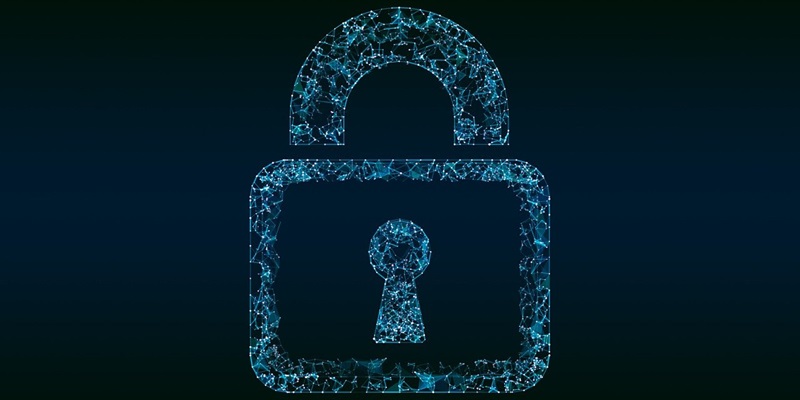In today’s digital landscape, the threat of ransomware looms large. Cybercriminals are constantly devising new ways to exploit vulnerabilities, and unmanaged devices have emerged as a significant source of compromise. This article explores the importance of managing and protecting devices against ransomware and provides insights on mitigating risks associated with unmanaged endpoints.
The Role of Endpoint Protection
Endpoint protection plays a pivotal role in preventing ransomware attacks. Unfortunately, statistics reveal that a staggering 11% of all IT assets lack proper endpoint protection. This leaves organizations vulnerable to potential breaches and underscores the need for robust security measures.
BYOD Devices and Unmanaged Connections
Bring Your Own Device (BYOD) policies have become increasingly prevalent in the workplace, allowing employees to use personal devices for work-related tasks. However, this also introduces a significant risk factor in the form of unmanaged devices. These devices often connect to the corporate network without adequate monitoring or security controls, providing an entry point for ransomware attacks.
Remote Encryption and Ransomware
One alarming trend in ransomware attacks is the use of remote encryption. By performing encryption on devices beyond the purview of security solutions’ monitoring, cybercriminals can evade detection and inflict significant harm on organizations. This highlights the need for proactive monitoring and protection mechanisms.
Unmanaged Endpoints and Vulnerabilities
Unmanaged endpoints, without proper security measures, are particularly vulnerable to ransomware attacks. Moreover, ransomware file exfiltration and replacement can cunningly mimic normal data access traffic, further complicating detection efforts. By infiltrating through these unmanaged endpoints, ransomware can rapidly spread throughout an organization’s network.
Best Practices for Security Software Installation
To effectively protect against ransomware compromises, it is crucial to follow best practices for installing security software. Starting with primary user devices, organizations can establish a strong defense against potential attacks. Prompt installations and periodic software updates provide vital layers of protection.
Strategies to Block Ransomware on Unmanaged Sources
To mitigate risks from unmanaged sources, organizations should consider eliminating unmanaged connections altogether. By reducing or eliminating these entry points, the chances of ransomware infiltrating the network decrease significantly. Alternatively, implementing detection and blocking mechanisms specific to file extraction and replacement processes can provide added layers of security.
Managed Connections for BYOD Devices
A prudent approach to a BYOD policy includes implementing managed connections for employee devices. This ensures that these devices are not completely unmonitored and unmanaged, reducing the potential for ransomware to exploit vulnerabilities. By establishing tight controls and monitoring mechanisms, organizations can maintain a balance between flexibility and security.
Monitoring Data Traffic and Sources
Effective ransomware defense requires continuous monitoring of data traffic and sources. By diligently monitoring these aspects, organizations can detect any suspicious data access or file replacement activities associated with ransomware operations. Proactive detection mechanisms are instrumental in identifying and neutralizing potential threats swiftly.
Tightly Restricting Unmanaged Devices
Organizations may choose to eliminate unmanaged corporate devices entirely or tightly restrict their access to critical resources. By implementing strong access controls and security policies, organizations can enforce stringent measures, ensuring that only authorized and secure devices can access sensitive data and systems.
Managing and protecting devices against ransomware compromises are crucial steps in safeguarding an organization’s digital infrastructure. By recognizing the prevalence of unmanaged devices and the associated risks, organizations can implement robust security measures to mitigate potential threats. From implementing endpoint protection to monitoring data traffic and sources, proactive strategies and best practices are essential in the ongoing battle against ransomware. With comprehensive measures in place, organizations can fortify their defenses and minimize the risk of falling victim to devastating ransomware attacks.

